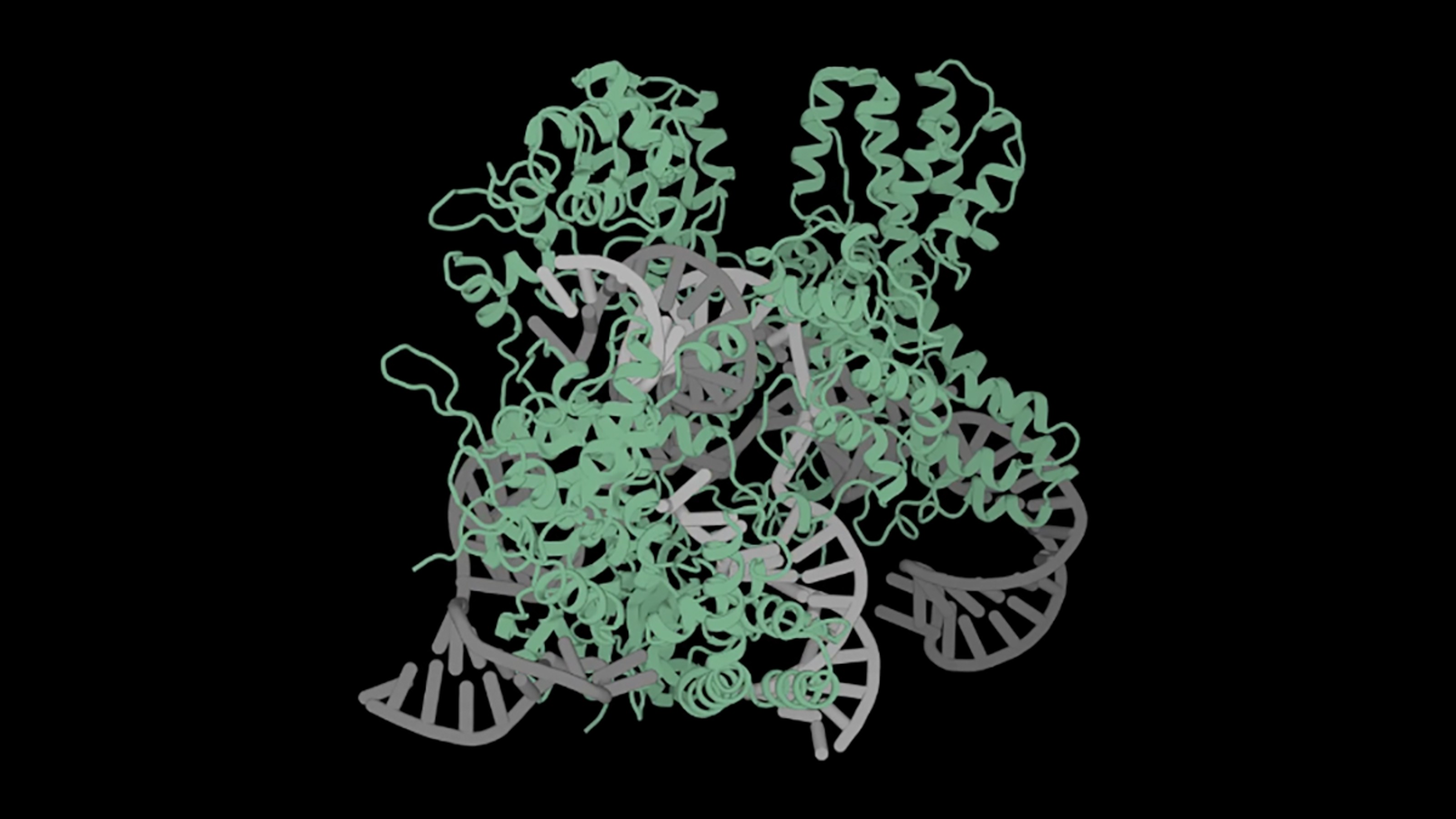James Fallon on Learning From Your Inner Psychopath

A commonly reported anxiety dream is standing in front of an audience naked. Neuroscientist James Fallon lived this nightmare. While giving a talk in Oslo to leading researchers and a former prime minister, Fallon showed a scan of his brain to provide an example of imaging genetics. Afterwards, he was approached by a scientist who had recognized a familiar pattern in Fallon’s brain. It turns out that, after 60 years of being oblivious to the truth, Fallon was a borderline psychopath.
“I have a high threshold so many things really don’t get me mad. You can just about do anything. I’m pretty cool that way,” he says. But upon examining his behavior with the help of a psychiatrist and all too enthusiastic feedback of family and close friends confirming his psychopathic tendencies, Fallon realized that he had a penchant for getting even. His anger would drive his actions even years after suffering the initial insult. “I’ll get you. And I always do. And [people] don’t know where it’s coming from. They can’t tie it to the event,” he says. “It comes out of nowhere.”
In order to control his need for revenge and other selfish behaviors, Fallon had to embrace his inner psychopath. “I have to use my ego, my sense of narcissism to manipulate myself to handle it,” he says.
As Big Think previously reported, psychopaths make up 1 to 2 percent of the US population, and any organization of 35 people or more includes at least one psychopath. Their genetically-wired brains are driven by a need to dominate and manipulate others, but for borderline cases like Fallon’s, their behavior can be controlled.
“I’m [now] 66, you know, do I really want to be that way anymore?” he says. “It’s a challenge and I think I can overcome it.”
Fallon shares his personal story and the science behind it in his memoir, The Psychopath Inside: A Neuroscientists Personal Journey into the Dark Side of the Brain. For more on his life-changing discovery, watch this clip from Big Think’s interview:





